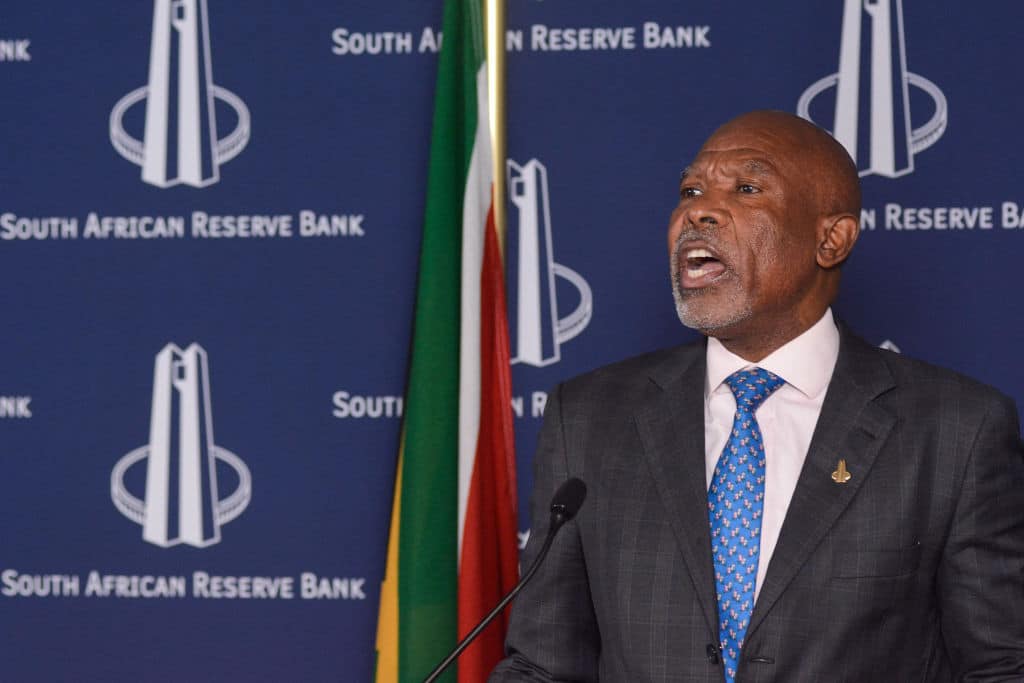Unexpectedly holding rates at 8.25%, South Africa’s central bank surprises economists. Despite temporary relief for households and potential property market impact, SARB Governor Kganyago signals this is just a pause. Rate hikes hinge on economic data and inflation risks, painting a complex future for South Africa’s economy.
As the dust settles in the second half of 2023, the South African Reserve Bank (SARB) has decided to maintain interest rates at 8.25% in what was a closely-contested decision. This move puts a temporary hold on the hiking cycle that’s been in place since November 2021, granting a short breather in an otherwise upward economic climb.
“It was a close call,” says Dawie Roodt, Director and Chief Economist of financial services company Efficient Group to FORBES AFRICA. “Of the five members of the Monetary Policy Committee (MPC), three voted to keep the rate the same and two voted for an increase. It was very touch and go.”
The pause in rate increments hinged on an array of factors, including the recent downward movement in inflation rates and an optimistic economic forecast. Nevertheless, SARB Governor, Lesetja Kganyago, has urged caution, highlighting this pause does not signal the end of the rate hiking cycle.
“The longer-term outlook mirrors the uncertainty of the global environment. Prices for commodity exports continue to weaken, energy supply remains unreliable, and stronger El Nino conditions threaten the agricultural outlook,” said Kganyago in a press statement, reflecting the complex economic terrain ahead.
Loading...
The maintained rate has been greeted as a temporary reprieve by many South African households, unshackling them from the threat of heightened interest repayments on loans and mortgages. However, there is a flip side, with potential ripples in the property market as the unchanged rate could push up the cost of buying homes.
“Interest rate repayments remain the same,” adds Roodt. “What is important is the actual inflation rate declined before the announcement [by the SARB], and inflation expectations are slowly leveling off.”
The SARB’s decision factored in the recent dip in inflation, which stood at 5.4% in June, and an uplifted GDP growth projection of 0.4% for 2023, an increase from 0.3% last year, according to Statistics South Africa. Moreover, persistent challenges such as power cuts, logistical bottlenecks, and sustained food price pressures were considered, given their potential to exacerbate inflation and stunt economic growth.
Despite the pause, Kganyago did not rule out future rate hikes, emphasizing that forthcoming rate decisions would be data-dependent and attuned to inflation risks.
“Serious upside risks to the inflation outlook remain. In light of these risks, the Committee remains vigilant and decisions will continue to be data-dependent and sensitive to the balance of risks to the outlook,” said Kganyago.
As households enjoy the brief lull, the shadow of potential future rate hikes looms ominously. For now, South Africans can savor the hiatus from escalating borrowing costs. Yet, the knock-on effects of the decision could potentially cool the property market, as it could inflate the cost of home buying.
This rate decision paints a mixed picture – a sigh of relief for those in debt but potentially unwelcome news for prospective homeowners. With a split decision within the MPC and the high likelihood of a future rate hike, this respite for consumers could be fleeting.
Loading...
